Tips for Navigating Complex Employer Duties in the Workplace
In today’s fast-paced work environment, understanding your responsibilities as an employer can feel overwhelming. From ensuring employee safety to complying with labor laws, the list of duties seems endless. Navigating these obligations effectively isn’t just about avoiding fines—it’s about building a culture of trust, accountability, and efficiency. For professionals entering or advancing in the health and safety field, understanding these duties is essential, and completing a NEBOSH course fee-related program can provide the knowledge and confidence needed to handle them.
This article will guide you through key employer responsibilities, practical strategies for compliance, and tips for fostering a safe and productive workplace. Whether you are a student, career changer, or a manager aiming to enhance your organization’s safety culture, these insights are designed to be actionable and relatable.
Understanding Employer Duties
Employer duties encompass a range of legal and ethical responsibilities. These are designed to protect employees, contractors, visitors, and the workplace itself. Ignoring these responsibilities can lead to accidents, legal repercussions, and reduced employee morale.
Core Responsibilities
- Health and Safety Compliance
Employers must ensure that the workplace complies with health and safety regulations. This includes providing safe equipment, proper training, and clear safety procedures. For example, in a manufacturing plant, regular equipment checks and safety drills are mandatory to prevent accidents. - Risk Assessment and Hazard Management
Identifying potential hazards and evaluating the risks they pose is crucial. Employers should conduct regular risk assessments and implement measures to mitigate these risks. This can include installing fire alarms, providing personal protective equipment, or adjusting workflows to reduce strain on employees. - Employee Wellbeing and Support
Modern workplaces recognize the importance of mental health alongside physical safety. Employers should provide support systems such as counseling, flexible schedules, and stress management programs. A real-life case: A tech company noticed high burnout rates and introduced wellness breaks, reducing absenteeism significantly. - Training and Development
Continuous education is key. Employers must ensure employees understand their responsibilities and how to perform their roles safely. Programs like NEBOSH certifications or specialized safety workshops are ideal for building knowledge and credibility.
Legal Framework and Compliance
Understanding the legal backdrop of employer duties is essential for compliance. Laws vary by region, but some common requirements include:
- Adhering to occupational safety standards.
- Maintaining accurate records of incidents and inspections.
- Reporting serious workplace injuries or hazards to the appropriate authorities.
- Ensuring that contractors and third parties also follow safety regulations.
Failing to meet these requirements can lead to fines, legal action, or reputational damage. For instance, a construction company faced heavy penalties when it failed to provide proper fall protection, emphasizing the importance of adhering to regulations.
Practical Strategies for Employers
Navigating complex duties requires proactive planning and consistent implementation. Here are some practical strategies:
Conduct Regular Safety Audits
- Schedule periodic workplace inspections.
- Document hazards and corrective actions.
- Engage employees in reporting unsafe practices.
Develop Clear Policies and Procedures
- Create manuals outlining responsibilities, safety protocols, and emergency procedures.
- Make policies accessible to all employees.
- Update policies regularly to reflect changes in regulations or processes.
Promote a Safety-First Culture
- Encourage employees to speak up about hazards.
- Reward adherence to safety protocols.
- Integrate safety topics into team meetings and training sessions.
Leverage Training Programs
- Enroll managers and staff in certified safety programs.
- Example: Completing a NEBOSH course provides structured learning and recognized qualifications.
- Use training to reinforce practical applications, not just theory.
Implementing Risk Management Plans
Risk management is more than identifying hazards—it’s about developing actionable plans to prevent incidents. Employers should follow a structured approach:
- Identify Hazards: Look at all aspects of the workplace—physical, chemical, biological, and ergonomic risks.
- Assess Risks: Determine the likelihood and severity of potential incidents.
- Implement Controls: Apply measures such as machine guards, warning signs, or safety training.
- Monitor and Review: Regularly check if controls are effective and adjust as needed.
A checklist system can help track compliance and ensure that nothing is overlooked. Small, consistent efforts often prevent major incidents.
Real-Life Examples of Best Practices
Case Study 1: Warehouse Safety Improvements
A logistics company noticed a rise in minor injuries in their warehouse. By implementing weekly safety briefings, proper labeling of hazards, and mandatory protective gear, they reduced incidents by 40% in six months. This simple, structured approach demonstrates how proactive measures can significantly improve workplace safety.
Case Study 2: Mental Health Initiatives
A call center implemented stress management workshops and flexible scheduling after high absenteeism rates. Employee feedback showed increased engagement and reduced stress, highlighting the importance of addressing mental wellbeing as part of employer duties.
Tips for Employers to Stay Compliant
- Stay updated with local regulations and labor laws.
- Encourage a two-way communication culture about safety.
- Document all training, audits, and incidents for accountability.
- Regularly evaluate and adjust safety measures based on performance.
- Consider industry-recognized certifications to formalize training and knowledge.
FAQs
Q1: What are the main legal duties of an employer?
A1: Employers must provide a safe working environment, conduct risk assessments, comply with occupational safety laws, provide training, and ensure employee wellbeing.
Q2: How can small businesses manage complex duties?
A2: Small businesses should prioritize hazards, document procedures, engage employees in safety practices, and consider professional training programs like NEBOSH certifications for structured guidance.
Q3: How does NEBOSH training help with compliance?
A3: NEBOSH courses provide foundational knowledge of health and safety laws, risk assessment techniques, and practical strategies for managing workplace hazards effectively.
Q4: Can employer duties change based on the industry?
A4: Yes. Different sectors have specific regulations and risks. For instance, construction and manufacturing have high physical risk, while office environments may focus more on ergonomics and mental wellbeing.
Q5: Is employee involvement important for safety compliance?
A5: Absolutely. Engaged employees are more likely to report hazards, follow procedures, and contribute to a positive safety culture.
Curious about the NEBOSH course in Pakistan fee? 👉 Click here for complete details!
Conclusion
Navigating complex employer duties requires a balance of legal knowledge, proactive planning, and a strong culture of safety. By understanding core responsibilities, implementing risk management strategies, and leveraging training opportunities, employers can ensure compliance while fostering a safe and productive workplace. Investing in recognized programs, like the NEBOSH course in Pakistan fee, not only strengthens expertise but also enhances credibility in the professional landscape. Start taking deliberate steps today to safeguard your employees, your organization, and your reputation, building a workplace where everyone thrives.



